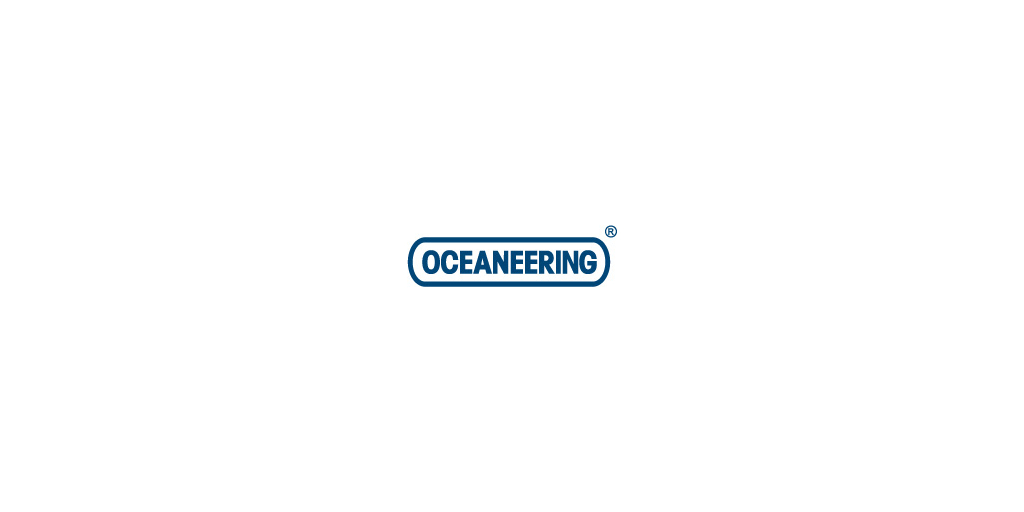Sign up for daily news updates from CleanTechnica on email. Or follow us on Google News!
When it comes to solar and wind power generation, the old quip goes: “What are you gonna do when the sun doesn’t shine and the wind doesn’t blow?” Energy storage and returning power to be used by neighbors has always been part of that plan, but like all good disinformation, it’s a simple half-truth that’s easy to repeat.
But, what if there was a way to make the sun shine at night? After all, the sun is a 24/7 operation. The only problem is that around half of the planet is pointed away from it at any given time. At the largest scale, science fiction writers and theorists have come up with ideas like the Dyson sphere, where a sufficiently-advanced race of intelligent beings might totally surround their home star with technology that harnesses the power, effectively capturing the whole output of their sun.
At a smaller scale, space solar power could be an alternative answer. By putting solar farms in space, a farm might catch not only more energy, but do it 24/7. If you plan to live in space like the crew of the ISS, that’s already happening. The only problem for people on the ground is that there’s not yet a technology to send that energy to Earth for use. Plus, it was scary when things went wrong and our SimCity buildings went up in flames!
A month or so ago, a fellow writer here explored another idea: a company that wants to use space mirrors to reflect the sunlight to the dark side of the planet. In some ways, this is the best answer to space solar power. We don’t need a megastructure, nor do we need to beam microwaves and risk cooking our neighbors like chicken nuggets if the satellite messes up. Instead, simply sending the raw sunlight to existing solar farms would be a lot simpler, cheaper, and safer.
There are also some other applications for the technology. Alaskan towns that spend six months a year in darkness could order up some sunlight for a few hours a day using such a satellite network. This would lift depression and perhaps improve public safety. Job sites at all latitudes could benefit from real sunlight at night instead of weaker work lights. Even militaries could probably benefit from use of this kind of sun-reflecting technology.
This idea seemed ridiculous until recently, and will only look better with time. SpaceX’s reusable rockets have already lowered the cost of admission to space a lot, but as larger launch vehicles like Starship come into service, the cost will be even lower — probably to the point where selling reflected sunlight could be profitable. So, this isn’t the far fetched thing it might appear to be on the surface. Doubling or tripling the amount of energy an existing solar farm can produce could easily be worth the cost of upkeeping a network of 250,000 mirror satellites.
The Dark Side Of “Let There Be Light”
While it’s exciting to consider the possibilities of this technology, we need to go on an imaginary camping trip to see why this might not be a good idea.
Imagine that you’re camping at the Cosmic Campground, a U.S. Forest Service campsite near Glenwood, New Mexico (a little town that’s worth visiting, along with the nearby Catwalk Recreation Area). People come from all over the world to enjoy the amazingly dark skies in the area. With no nearby cities and only some small towns, the campground has the darkest skies you can find in North America. To find anything darker, you’d have to go out in the middle of the ocean on a boat!
With these dark skies, you can see things that you can’t see in town. The Milky Way can easily be seen, but it’s dark enough at this site to see other galaxies, constellations, and even your own shadow in the light of Jupiter. Telescope pads make it easy for astronomy enthusiasts to see better than just about anywhere else on land. It’s about the only way to experience the night sky like all of our ancestors did thousands of years ago.
But it would sure suck to be sitting there, amazed at the view of the stars, and have a sudden burst of light come from a small point in the sky. Whoever paid to have the mirror aimed nearby would be tickled pink, but it could easily be worse than the full moon suddenly rising and washing the stars out.
Human & Animal Health Is A Bigger Problem
Like every other living thing on this planet, humans evolved (or, were made, if that’s better for you) to live on this planet. In the places that are comfortable for us (middle latitudes and equator), there’s daytime and there’s night. As daytime creatures, we usually sleep at night. Our bodies do best when we can sleep in the dark like our ancestors did, and rates of everything from cancer to mental illness to obesity and heart disease go up for people who sleep during the day or can’t sleep somewhere dark on most nights.
For animals, the problem can be worse. Navigation is greatly degraded for migratory birds and young sea turtles. Predators can’t hide as well when there’s light. Prey also can’t hide as well. In some cases, the advantage goes to one side of that equation or the other, leading to population decline or extinction.
The good news is that we don’t have to shut off all the lights and suffer in the dark to fix this problem. Simply turning lights on when they’re actually needed, using slightly dimmer and warmer lights, and making sure the fixtures aim all of the light to where it’s needed takes care of things. Limiting light might seem like a safety hazard to those unfamiliar with the light pollution challenge, but when you eliminate blinding glare and make it harder for danger and criminality to hide in the shadows, things are actually safer.
But things like giant space mirrors that light up five square kilometers of land at a time are another beast that’s both more problematic and harder to tackle. The cost of reflected light may be cheaper than battery storage, but the cost of this kind of epic light pollution needs to be better understood and managed before we should experiment with it.
Featured image by Jennifer Sensiba.
Have a tip for CleanTechnica? Want to advertise? Want to suggest a guest for our CleanTech Talk podcast? Contact us here.
Latest CleanTechnica.TV Videos
CleanTechnica uses affiliate links. See our policy here.
CleanTechnica’s Comment Policy





